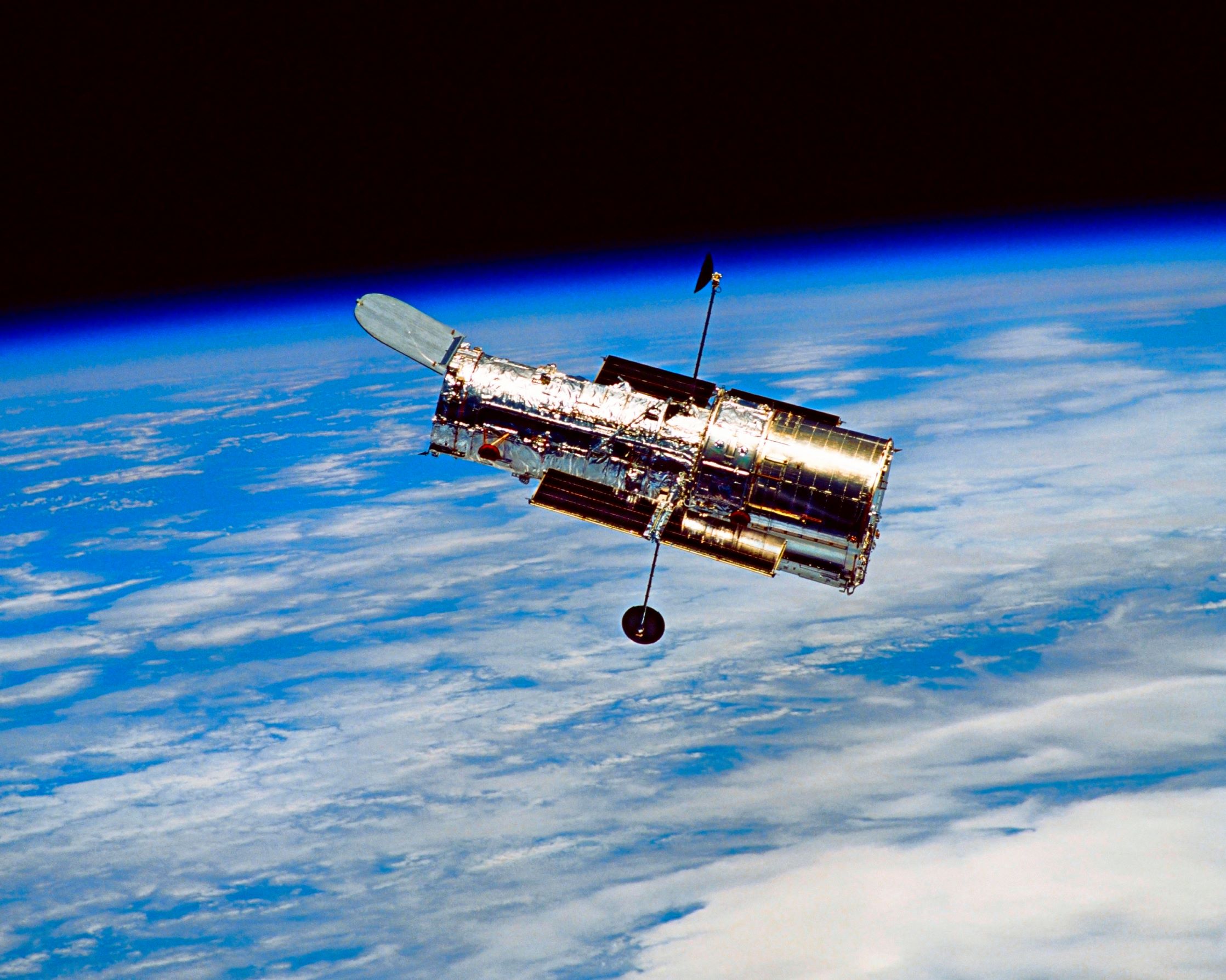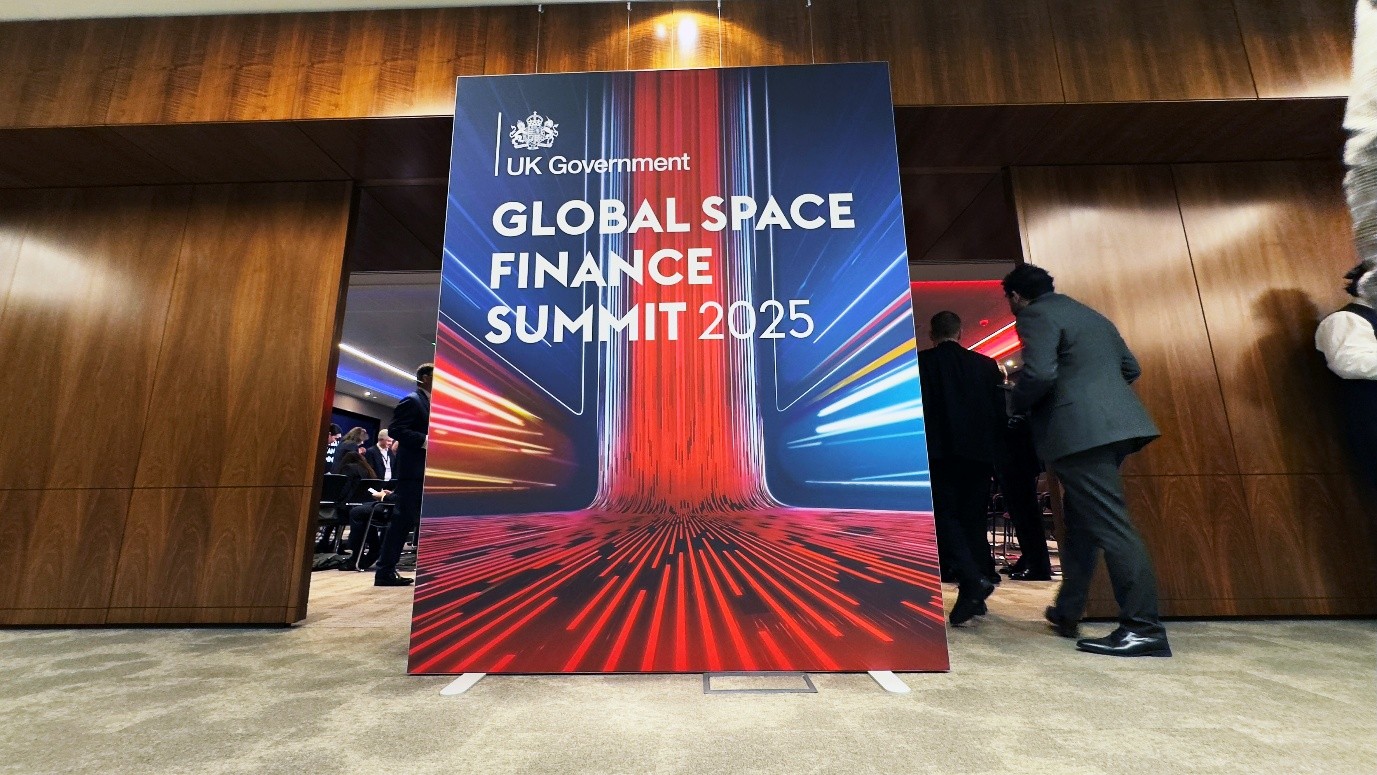University of Surrey and Airbus reveal CFRP coating for space applications

Above:
The Hubble Telescope in orbit.
Courtesy University of Surrey
Composites are widely used in aerospace, and thanks to their lightweight and ultra-strong properties they are set to increase their dominance in the sector. However, composites strength and stability can be hampered by moisture absorption, mechanical impacts and external environments.
In a paper published by iScience-Cell Press journal, the research team from Surrey and Airbus detail how they have developed a multi-layered, nano-barrier material that can be used on large and complex 3-D engineering composite structures, thanks to a custom-built deposition system at the University of Surrey.
When applied, the nano-barrier bonds with the spacecraft structure and can significantly strengthen the composite material and protect it from moisture and outgassing effects. This ensures ultra-high material stability and improves crack resistance.
The team is now working on the next stage of the project, leading to industrialisation of the technology to enable treatment of upcoming Earth observation, navigation and science missions.
Professor Ravi Silva, Director of the Advanced Technology Institute (ATI) at the University of Surrey, said: “Our unique nano-barrier coating is the result of a nearly decade-long partnership between the ATI and Airbus. We are in the process of testing our exciting barrier on large complex structures set to be deployed to space.
“The possibilities for this innovation reach far beyond space structures, however; we see a future where our barrier will have a variety of protective terrestrial applications.”












